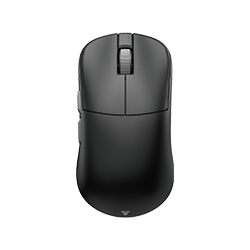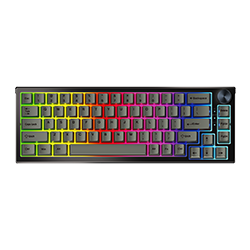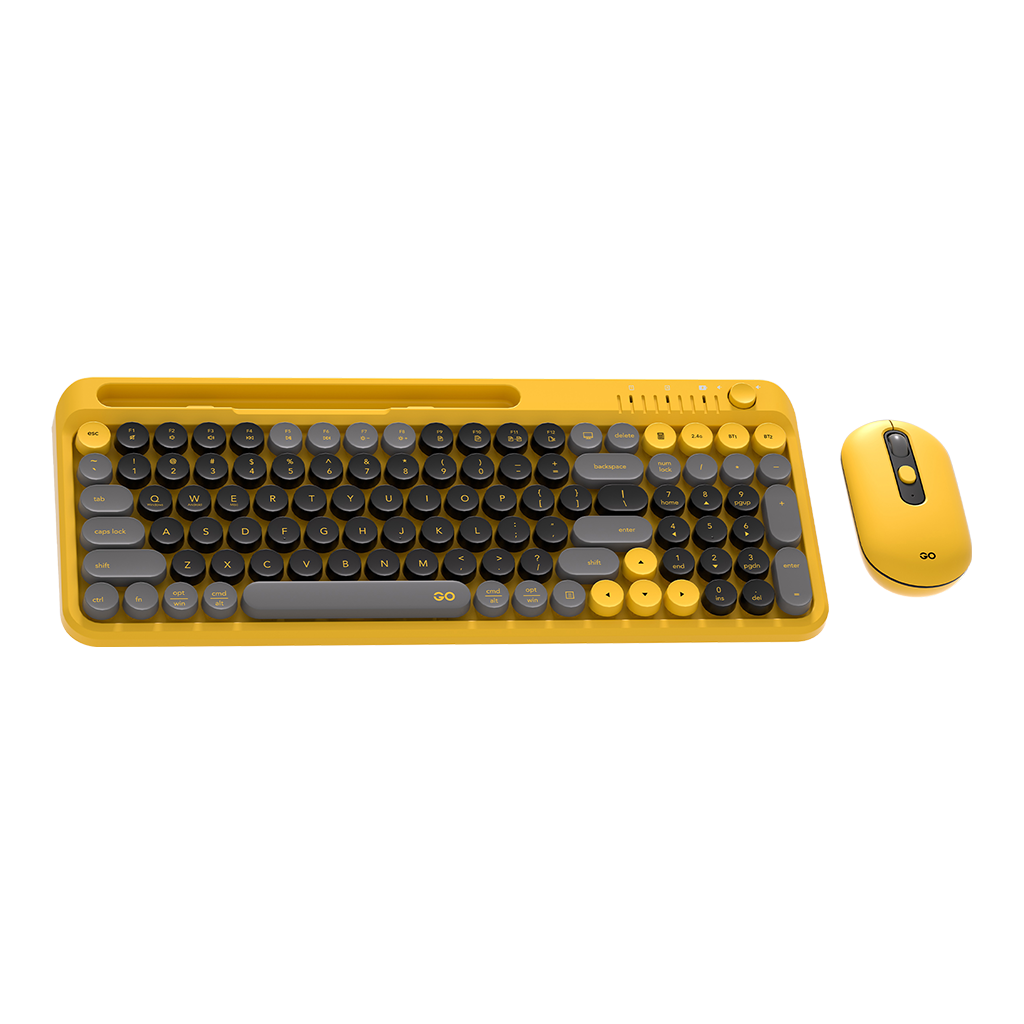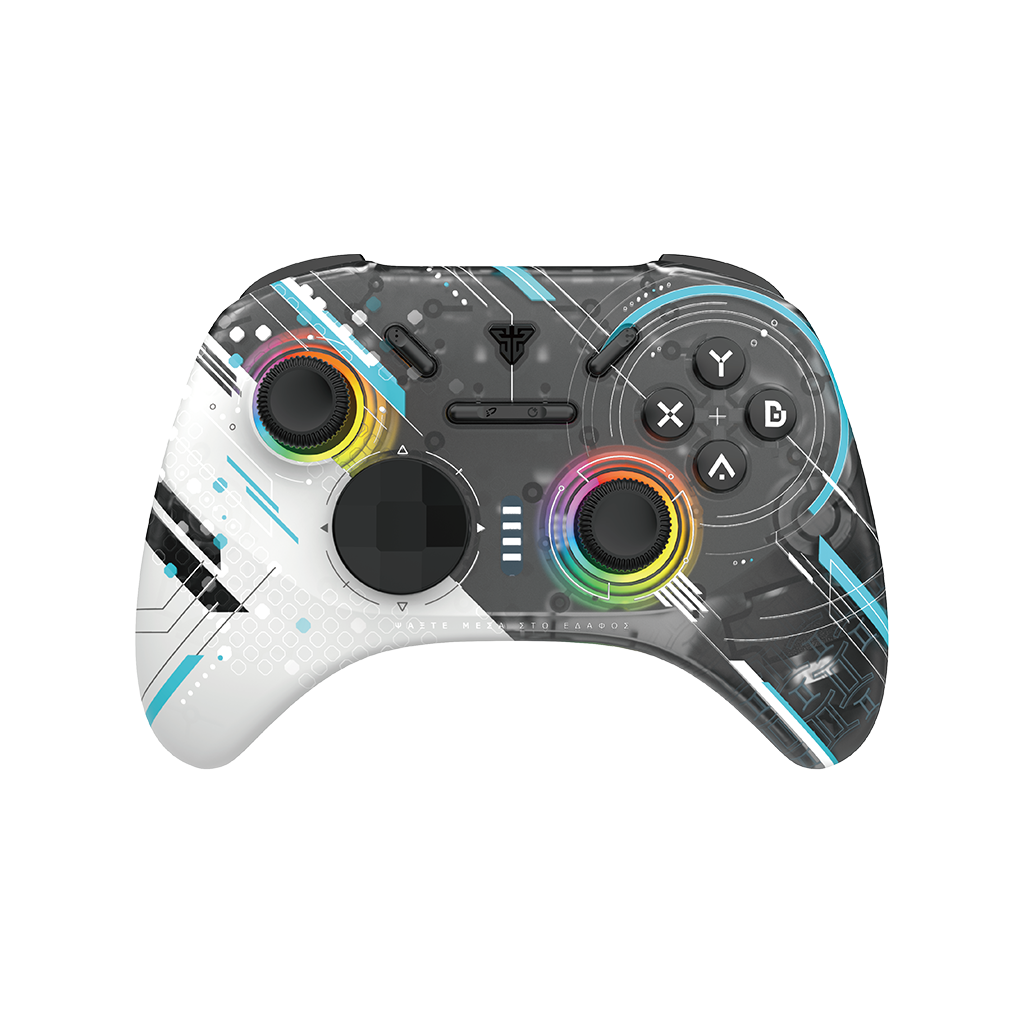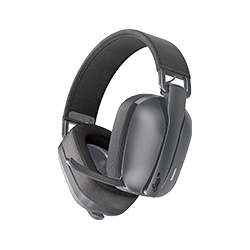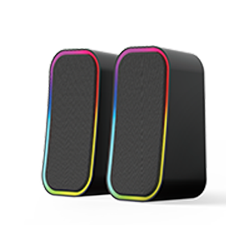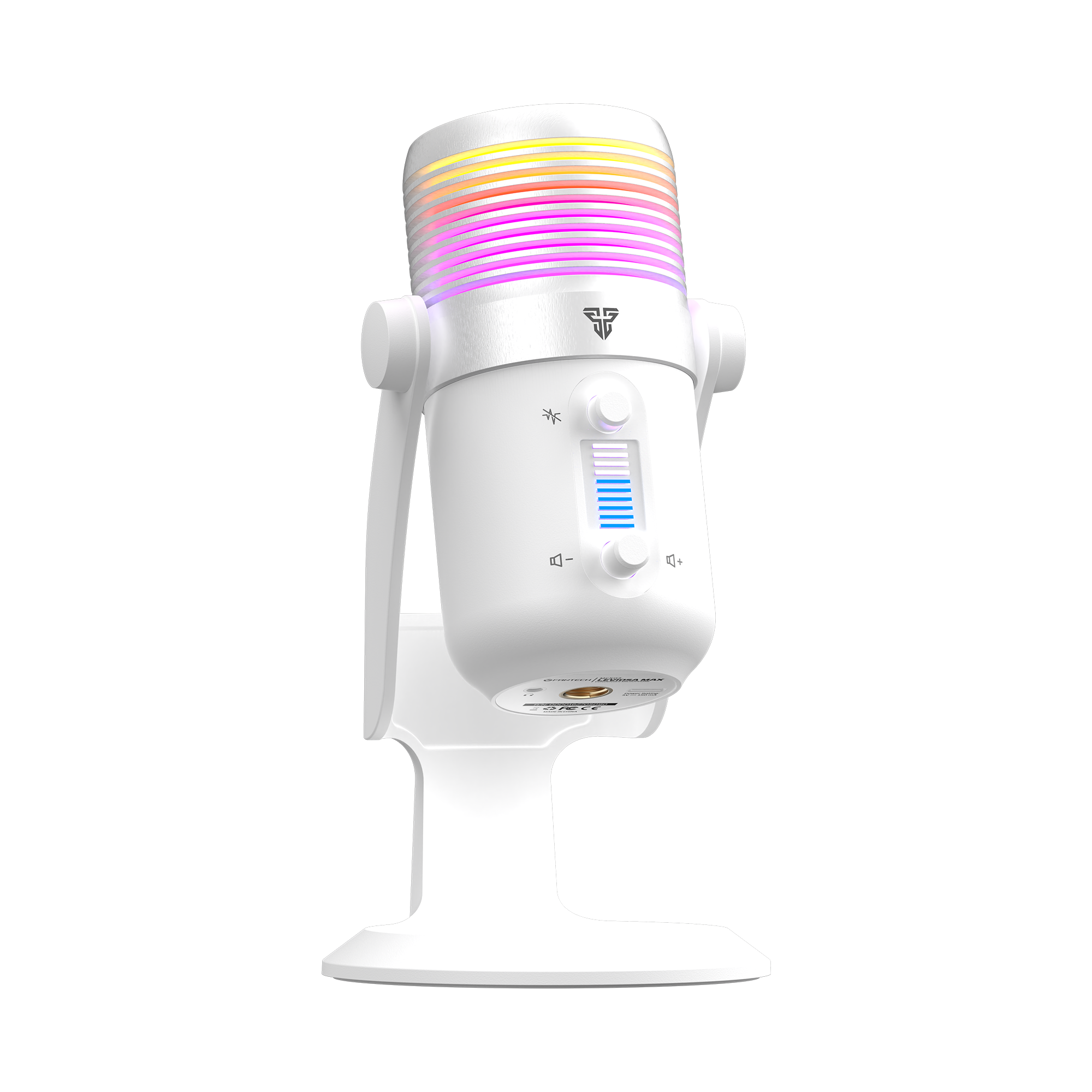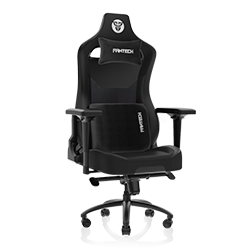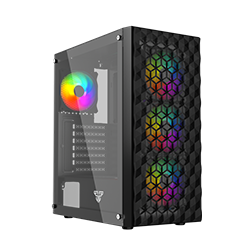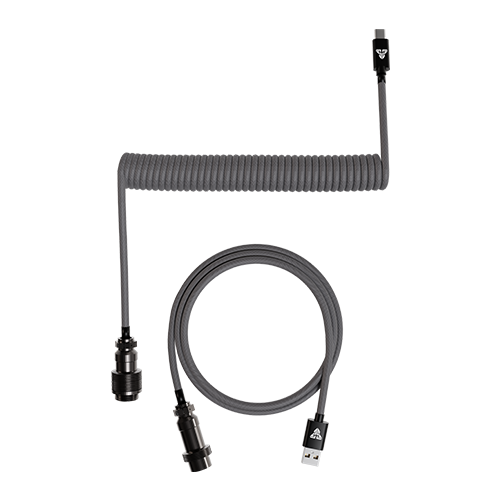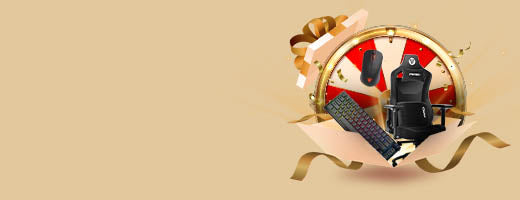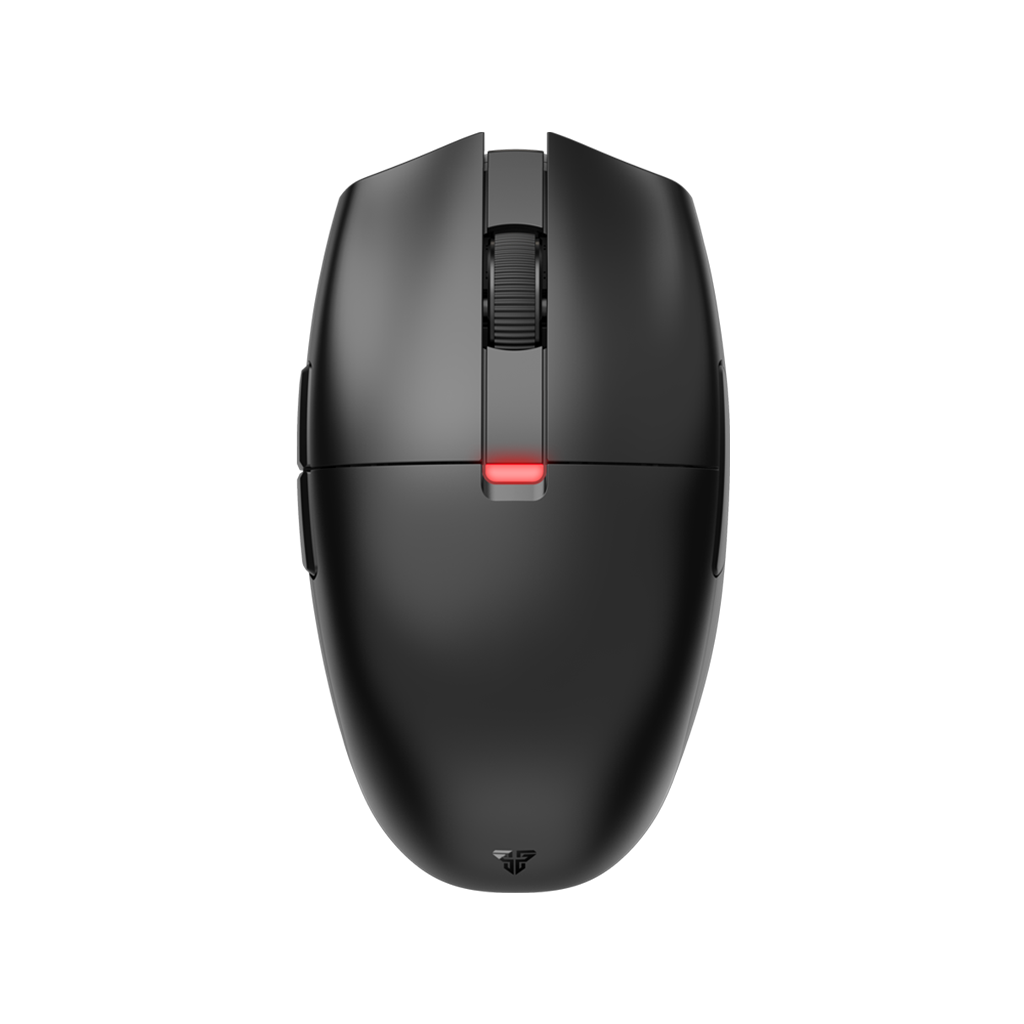Why an OLED Screen is a Must-Have in a Mechanical Keyboard!
Nowadays, screens are becoming popular a addition on keyboards, as they can give a truly breathtaking experience. While they may be tiny, they pack powerful features that definitely are a must-have for mechanical keyboard users. Let’s take a look at the possible features of an OLED screen on a mechanical keyboard! Having an OLED display on your keyboard opens up a lot of possibilities for fun as well as usefulness! Previously, on-board displays were just used to display simple information such as the time or battery life, but nowadays a lot more is possible. These little screens, made popular by QMK-enabled keyboards, are now becoming the hottest thing to have, regardless of a user’s experience level! Here’s some features that are possible with an OLED screen on your mechanical keyboard: 1) Standard Features: Time, Battery Life, Status Indicators & More Commonly, convenient features such as a clock, battery life (in the case of wireless keyboards), as well as status indicators (Capslock, Scroll Lock etc), are able to be displayed on the screen. This allows users to rapidly check whether their Caps Lock is on, or even to check the time without pressing unnecessary keys or minimizing their work. A great example of this is our MAXFIT81 which features even more on the screen such as displaying whether the keyboard is in wireless mode, and which device it’s connected to.
2) GIFs & PNGs / Customization
One of the most popular uses for these screens is to apply funny GIFs (such as Bongocat) or even graphics such as logos, usernames or more. This feature, even though it may seem basic, allows for endless customization and personalization, and is commonly featured on Reddit and Instagram.
3) Layer Indication & Layer Names
Every great keyboard has the ability to have multiple layers of macros and other features, which allow for quick access to important keys, on-the-fly. One use for the built-in screen is to use it to display which layer the user is currently on, to not cause any disruption to work-flow or games. It’s sometimes a bit easy to get lots in layers, but an OLED screen really eliminates that inconvenience.
4) Words Per Minute Counter & More
Some other features such as a WPM counter or debugging/switch tester are gaining in popularity. Although some users may find them to be gimmicky, these features can really act as a convenient way for live feedback, and make your keyboard building experience a lot easier.
These above features are just the tip of the iceberg as an OLED screen really allows a mechanical keyboard to have a plethora of visual features!
MAXFIT81 FROST WIRELESS
![]()
MODULAR MECHANICAL KEYBOARD
- 75% Form Factor
- Multi-Function Customizable OLED Display
- Wireless (BT + Strikespeed Wireless) & Wired
- Hot-swappable
- South Facing PCB
- Rotary Encoder Knob
- Retro Frosted Transparent Case
https://fantechworld.com.au/products/fantech-maxfit61-frost-wireless-60-hot-swappable-rgb-backlit-computer-mechanical-keyboard?_pos=3&_sid=6bf93f006&_ss=r
